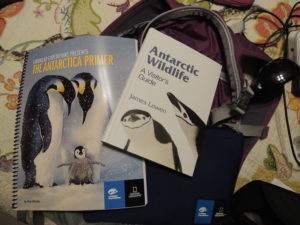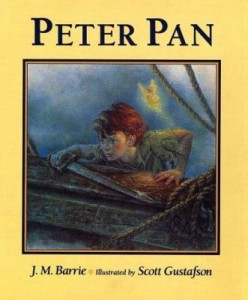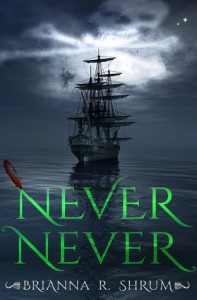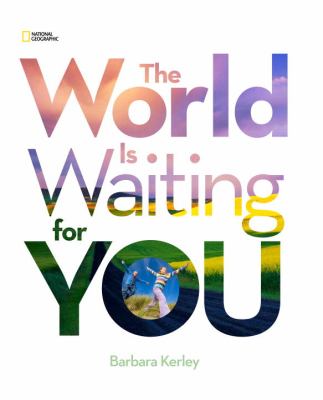I am checked in and waiting to board the plane for my first flight and I am SO excited the adventure has officially begun! I will stop briefly in Dallas and then hop the LONG flight to Buenos Aires, Argentina. Several students asked how long it takes to get to Antarctica from Austin, and according to my itinerary it will take about three days: the Explorer is expected to reach Antarctica on Saturday, December 31 – what an awesome New Year’s treat! There are probably faster ways to reach the legendary White Continent, but we are going to take a little time to explore Buenos Aires tomorrow and then will fly over Patagonia to Ushuaia, Argentina (capital of Tierra del Fuego) where we will meet the Explorer on Thursday.
As you all know, I am lost without a good book in my hands, so I am well prepared for the 10 hour and 24 minute flight from Dallas to Buenos Aires.
In addition to books to prepare me for my Antarctic adventure, my Kindle is loaded with a stack of new titles that may just be the next big thing in the Library. I am also finishing Lars-Eric Lindblad’s biography (1983), Passport to Anywhere: The Story of Lars-Eric Lindblad, who is considered the pioneer of adventure travel. The story begins with the exciting account of an Antarctic journey gone a bit awry, and then chronicles Lindblad’s life, both his successes and failures, as he paved the way for adventure minded tourists to visit some of the most remote and exquisite corners of the world. His enthusiasm for learning about the world by experiencing the world is contagious, and thanks to his book I now have a rather long “bucket list” of places to see and things to learn. If you are even remotely interested in travel, I highly recommend this title – you can even get an electronic copy for free on the Lindblad Expeditions website.
Lars-Eric Lindblad’s son, Sven-Olaf Lindblad, is the reason I have the opportunity to have this tremendous experience (and am able to share it with all of you). He created the Grosvenor Teacher Fellowship to honor his friend and colleague Gilbert M. Grosvenor, Chairman Emeritus National Geographic Society and Education Foundation Board.
Happy reading!
Teachers and Librarians: There is still time to apply for a 2017 Grosvenor Teacher Fellowship. Applications close at 11:59 p.m. December 31, 2016.





![IMG_0410[1]](http://www.teacheradventures.com/wp-content/uploads/2015/12/IMG_04101-300x225.jpg)
